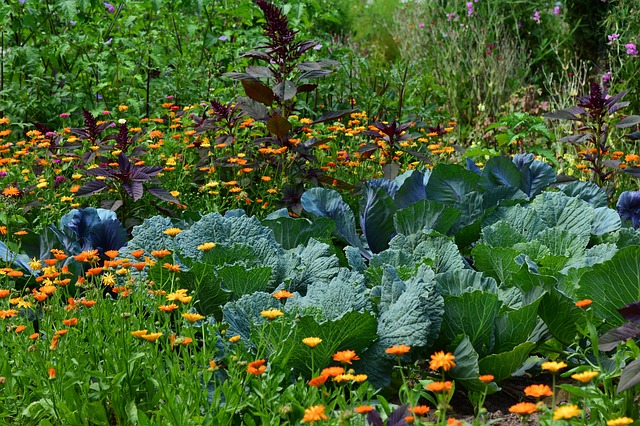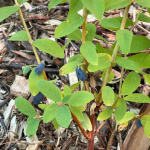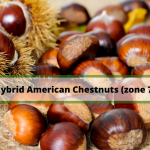Nutritional and Culinary Uses of Scandinavian Currants
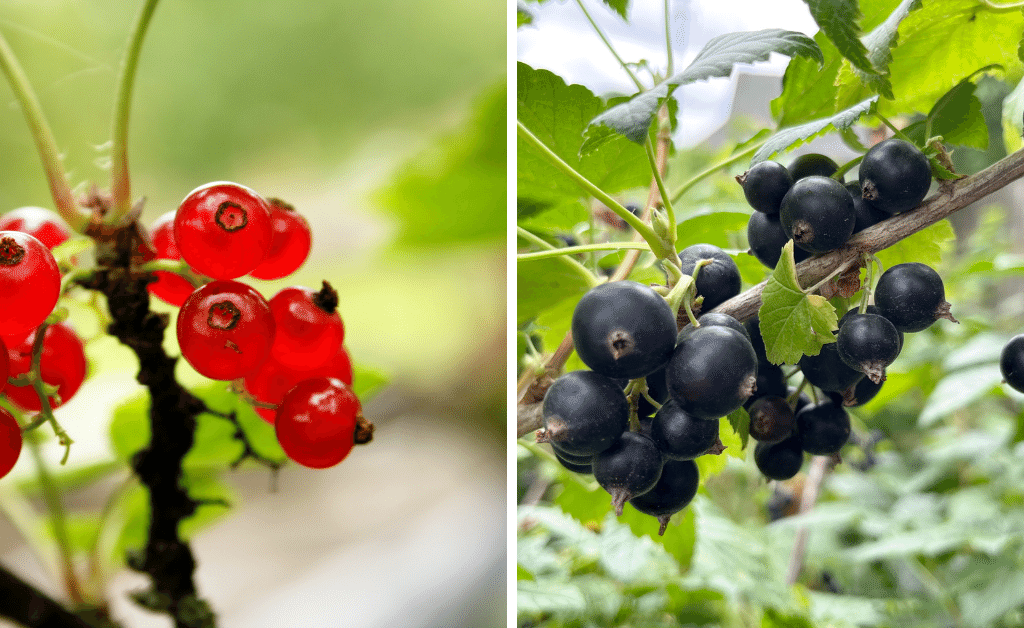
Currants, belonging to the Ribes family, are a cherished fruit in the diverse horticultural landscape of Scandinavia. These small, vibrant berries not only add a burst of flavor to a variety of dishes but also come packed with an array of nutrients. While they are a common sight in Scandinavian gardens and wild landscapes, the full extent of their nutritional and culinary versatility often goes unexplored.
This article aims to shed light on the different types of currants that thrive in the Scandinavian climate and delve into their nutritional profiles. We will also journey through traditional and modern culinary uses of currants in Scandinavia, exploring methods for their preservation and storage. Additionally, we will touch upon the sustainable practices involved in currant cultivation and the economic aspects that make this fruit a viable choice for small-scale farming.
Whether you are a gardener, a culinary enthusiast, or someone interested in sustainable agriculture, this comprehensive guide will help you appreciate the multifaceted benefits of incorporating currants into your lifestyle.
Types of Currants Commonly Grown in Scandinavia
Currants are a versatile fruit that come in various types and colors, each with its own unique flavor profile and growing requirements. In Scandinavia, where the climate can be challenging for many fruit varieties, currants have proven to be resilient and adaptable. Below are some of the most commonly grown types of currants in this region:
Red Currants (Ribes rubrum)
- Characteristics: Small, translucent red berries with a tart flavor.
- Growing Conditions: Prefers well-drained soil and partial to full sun.
- Uses: Commonly used in jams, jellies, and sauces.
Black Currants (Ribes nigrum)
- Characteristics: Dark purple-black berries with a strong, earthy flavor.
- Growing Conditions: Tolerant of a variety of soil types but prefers moist, fertile ground.
- Uses: Popular in cordials, syrups, and as a flavoring in desserts.
White Currants (Ribes rubrum ‘White Versailles’)
- Characteristics: Similar to red currants but with a sweeter, less acidic taste.
- Growing Conditions: Thrives in the same conditions as red currants.
- Uses: Excellent for fresh consumption and in light-colored preserves.
Champagne Currants (Ribes rubrum ‘Champagne’)
- Characteristics: A pale, golden variety with a delicate flavor.
- Growing Conditions: Similar to other red currant varieties.
- Uses: Ideal for elegant desserts and sparkling beverages.
The Nutritional Profile of Currants: A Comparative Overview
While currants from the Ribes family share some common nutritional traits, there are notable differences among black, red, and white currants that are worth exploring.
Common Nutritional Traits
- Low in Calories and Fat: All three types are low in calories and fat, and contain no cholesterol Source: Lose Weight With Us.
- Rich in Vitamin C: Across the board, currants are a good source of vitamin C Source: CurrantC.
Distinct Nutritional Profiles
- Black Currants: These berries contain higher levels of vitamin C and A compared to red and white currants. One portion provides three times the Recommended Daily Intake (RDI) of vitamin C Source: Lose Weight With Us, Source: HealthifyMe. Additionally, WebMD notes that black currants have anti-inflammatory properties Source: WebMD.
- Red Currants: Rich in bio-flavonoids, red currants are thought to help relieve respiratory tract infections and heal bruising quickly Source: HealthifyMe.
- White Currants: Higher in sugar and less acidic than their colored counterparts, white currants are slightly sweeter and are also low in calories, fat, sodium, and cholesterol Source: Pots and Pans, Source: CareOmnia.
Phytonutrients
- Darker Varieties: Black and red currants have more anthocyanins than white and pink varieties, but all have about the same amount of vitamin C Source: Verywell Fit, Source: CurrantC.
Further Reading: For a deeper understanding of plant nutrients and their role in a balanced diet, explore our comprehensive guide on What We Can Learn from Indicator Plants.
By incorporating currants into your diet, you not only enjoy their unique flavors but also benefit from their diverse range of nutrients. Whether consumed fresh, dried, or in various culinary creations, currants offer a nutritious boost that complements their delightful taste.
Traditional Culinary Uses in Scandinavia
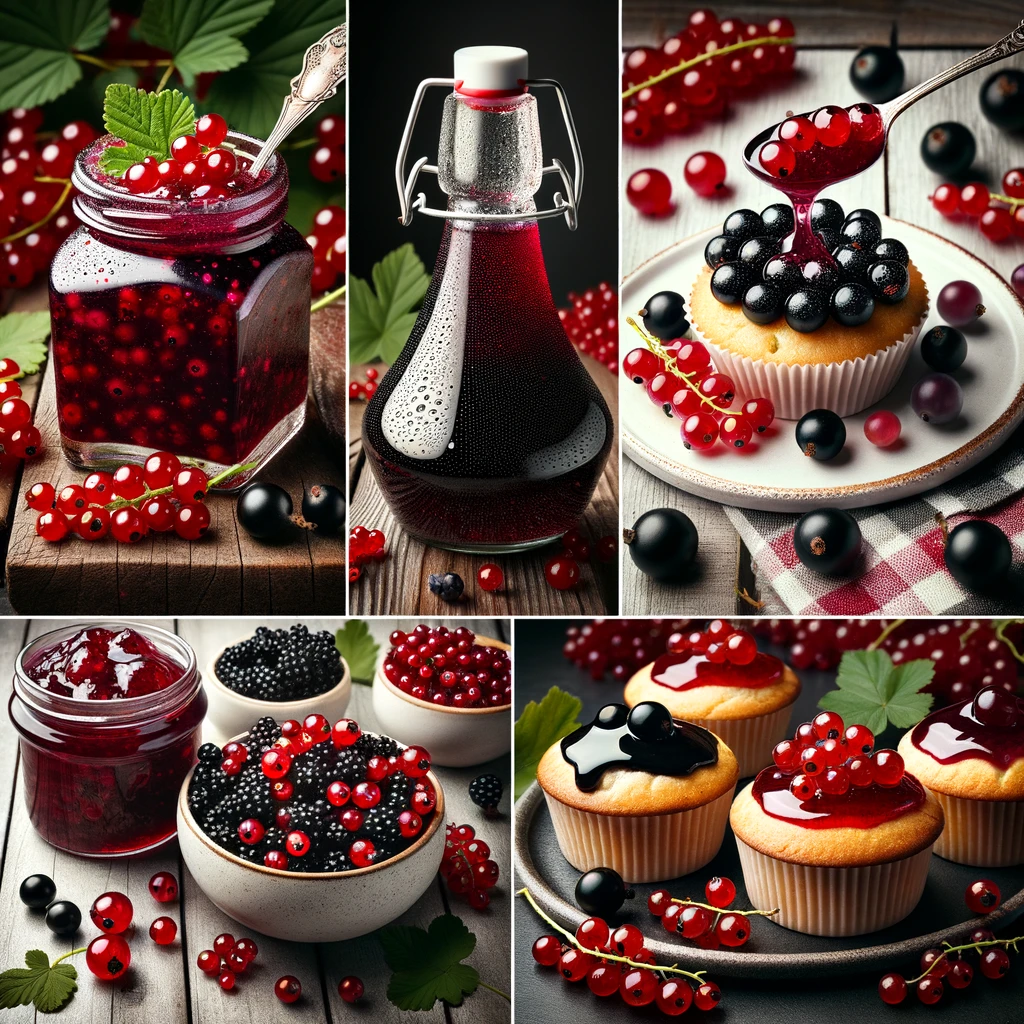
Currants have a long-standing history in Scandinavian cuisine, where their tartness and vibrant colors add depth and complexity to a variety of dishes. Below are some traditional ways these berries have been utilized:
Jams and Preserves
- Description: Currants are often turned into jams and preserves, which are a staple in Scandinavian breakfasts and desserts.
- Popular Varieties: Red currant jam, black currant preserve.
Cordials and Syrups
- Description: The strong, earthy flavor of black currants makes them ideal for creating cordials and syrups.
- Popular Varieties: Black currant cordial, red currant syrup.
Baked Goods
- Description: Currants are frequently used in traditional Scandinavian pastries and bread.
- Popular Varieties: Currant buns, currant-filled pastries.
Savory Dishes
- Description: Red currants are often used in sauces that accompany game meats, a traditional component of Scandinavian cuisine.
- Popular Varieties: Red currant sauce for venison or lamb.
Beverages
- Description: Currants are used to flavor a variety of beverages, from teas to alcoholic drinks.
- Popular Varieties: Black currant tea, red currant wine.
Understanding the traditional culinary uses of currants can offer insights into their versatility and importance in Scandinavian culture. Whether you’re looking to recreate classic recipes or innovate with contemporary twists, currants provide a rich palette of flavors to work with.
Modern Culinary Innovations
While currants have been a staple in traditional Scandinavian cuisine, modern culinary artists are finding innovative ways to incorporate these berries into contemporary dishes. Here are some of the exciting trends in the culinary use of currants:
Gourmet Desserts
- Description: Chefs are using currants to create intricate desserts that balance sweetness, tartness, and complex flavors.
- Examples: Black currant sorbet, red currant panna cotta.
Health-Conscious Snacks
- Description: With the growing focus on health and wellness, currants are being used in snacks that are both nutritious and delicious.
- Examples: Currant and nut energy bars, currant smoothie bowls.
Fusion Cuisine
- Description: Currants are finding their way into fusion dishes that combine Scandinavian flavors with international cuisines.
- Examples: Red currant and chili salsa, black currant and ginger stir-fry.
Artisanal Beverages
- Description: Beyond traditional cordials and syrups, currants are being used in artisanal beverages like craft cocktails and specialty teas.
- Examples: Black currant mojito, red currant and mint iced tea.
Plant-Based Cooking
- Description: In line with the trend towards plant-based diets, currants are being used in vegan and vegetarian dishes for added flavor and nutrition.
- Examples: Vegan currant and quinoa salad, vegetarian currant and mushroom stew.
The modern culinary landscape offers a plethora of opportunities to experiment with currants. Whether you’re a home cook or a professional chef, these berries provide a versatile ingredient for culinary innovation.
Preserving and Storing Currants
Currants, like many other berries, have a limited fresh shelf life. However, there are several methods to preserve their flavor and nutritional value for extended periods. Here’s how you can keep your currants fresh for longer:
Canning
- Description: This involves sealing currants in airtight jars after boiling them in a sugar syrup.
- Advantages: Long shelf life, retains flavor.
Freezing
- Description: Currants can be frozen whole or in puree form for later use.
- Advantages: Retains most nutrients, easy to use in future recipes.
Drying
- Description: Dehydrating currants turns them into a raisin-like snack or ingredient.
- Advantages: Extremely long shelf life, convenient for snacking or cooking.
Fermenting
- Description: Some people ferment currants to create beverages or condiments.
- Advantages: Adds probiotics, unique flavors.
Further Reading: For more on preserving berries, check out our guide on Preserving Aronia Berries.
Sustainability in Currant Cultivation
In an era where sustainable agriculture is of paramount importance, currants offer a viable option for eco-conscious gardeners and farmers. Below are some sustainable practices and environmental benefits associated with currant cultivation:
Soil Health
- Description: Currants are relatively low-maintenance plants that do not require excessive fertilization, thus reducing the risk of soil degradation.
- Sustainable Practices: Using organic compost and mulch to maintain soil fertility.
Water Conservation
- Description: Currants are fairly drought-resistant, making them a water-efficient choice for your garden.
- Sustainable Practices: Employing drip irrigation or rainwater harvesting to minimize water usage.
Pest Management
- Description: Currants are less prone to major pest issues, reducing the need for chemical pesticides.
- Sustainable Practices: Using natural predators or organic pesticides for pest control.
Ecosystem Benefits
- Description: Currants can be integrated into permaculture designs, where they provide habitat and food for beneficial insects.
- Sustainable Practices: Planting currants alongside companion plants that offer mutual benefits.
Further Reading: To learn more about sustainable gardening practices, read our article on Sustainable Gardening in Norway.
Economic Aspects of Currant Farming
Currants are not just a nutritious and versatile fruit; they also hold economic promise for small-scale farmers and gardeners looking to diversify their income streams. Here are some key economic aspects to consider:
Market Demand
- Description: With the rising interest in local and organic produce, currants are gaining popularity in both domestic and international markets.
- Opportunities: Farmers’ markets, specialty grocery stores, and online platforms.
Value-Added Products
- Description: Currants can be processed into a variety of value-added products, such as jams, syrups, and dried fruits.
- Opportunities: These products can fetch a higher price point and extend market reach.
Niche Markets
- Description: The unique flavors and health benefits of currants make them appealing to niche markets, such as health-conscious consumers and gourmet food enthusiasts.
- Opportunities: Health food stores, gourmet shops, and specialty online retailers.
Seasonal Income
- Description: Currants have a relatively short growing season, providing an opportunity for seasonal income.
- Opportunities: Seasonal markets, subscription-based sales, and community-supported agriculture (CSA) programs.
Understanding the economic aspects of currant farming can help you make informed decisions about incorporating these berries into your agricultural or gardening endeavors. Whether you are looking to sell fresh currants or create value-added products, there are various avenues to explore for economic gain.
Conclusion
Currants, a cherished fruit in Scandinavia, offer a wealth of nutritional, culinary, and economic benefits. From their rich nutrient profile to their versatile applications in traditional and modern cuisine, these berries are a valuable addition to any garden or kitchen. Moreover, their suitability for sustainable cultivation makes them an excellent choice for eco-conscious individuals.
Understanding the various types of currants, their nutritional makeup, and their culinary uses can enrich your diet and lifestyle. Whether you are a small-scale farmer looking to diversify your income or a home gardener interested in sustainable practices, currants provide a plethora of opportunities for exploration and innovation.
We hope this comprehensive guide has shed light on the multifaceted benefits of incorporating currants into your life. From their nutritional richness to their economic viability, currants are indeed a fruit that deserves more attention and appreciation.
Expand Your Culinary and Nutritional Horizons with Scandinavian Fruits and Berries
If you’ve been fascinated by the nutritional richness and culinary versatility of Scandinavian currants, you’ll find our Top 10 Berries and Fruits for Scandinavian Gardens: A Comprehensive Guide to be an invaluable resource.
This guide aims to broaden your understanding of the diverse array of fruits and berries that can be successfully cultivated in Scandinavian gardens, just like currants.
Why You Should Explore the Comprehensive Guide:
- Nutritional Insights: Learn about the nutritional profiles of other fruits and berries that can complement the health benefits of currants.
- Culinary Diversity: Discover new fruits and berries that can add unique flavors and textures to your culinary creations, both traditional and modern.
- Sustainable Agriculture: Gain a deeper understanding of eco-friendly and sustainable practices in fruit and berry cultivation, aligning with your interest in sustainable currant farming.
Don’t miss out on the opportunity to enrich your diet, diversify your garden, and contribute to sustainable agriculture. Read the Comprehensive Guide Now.

